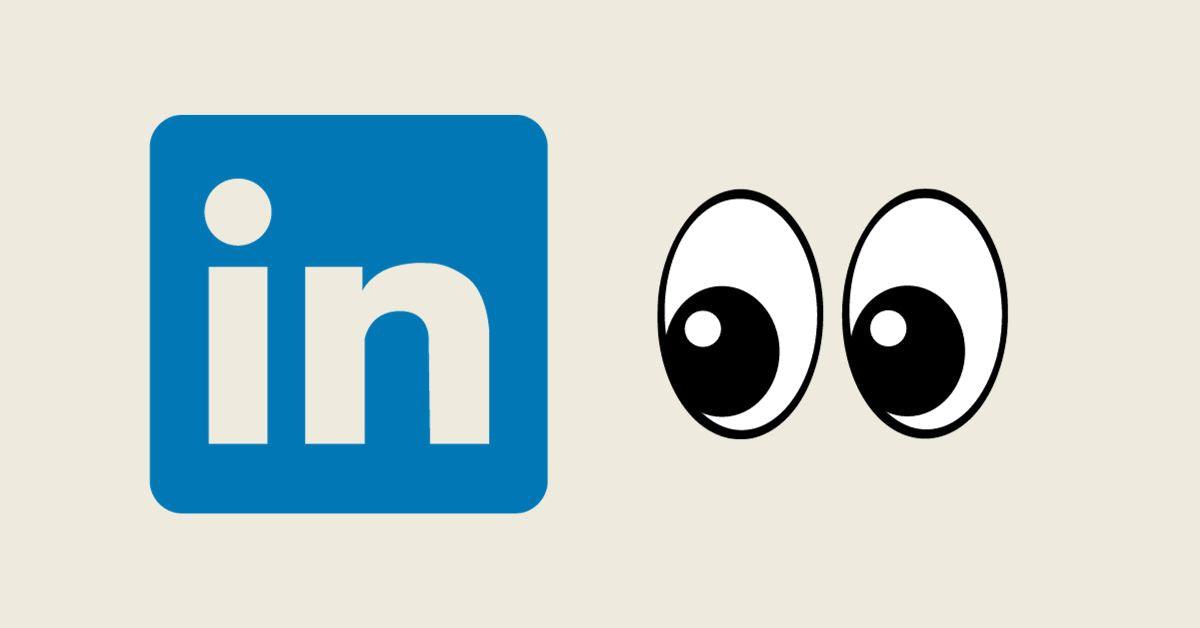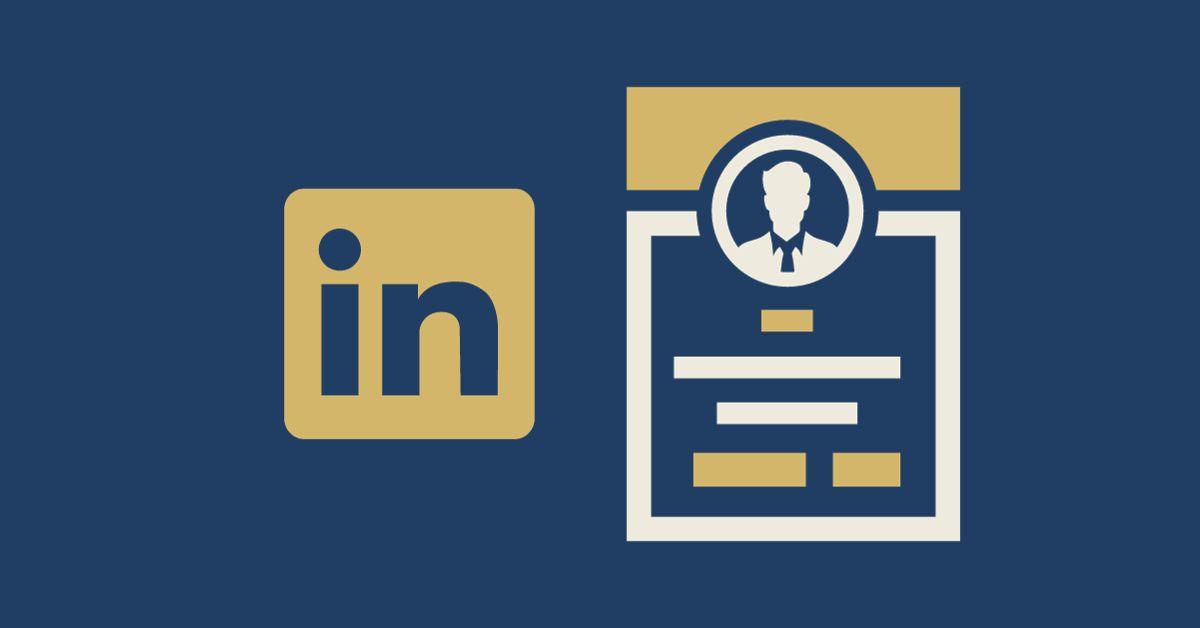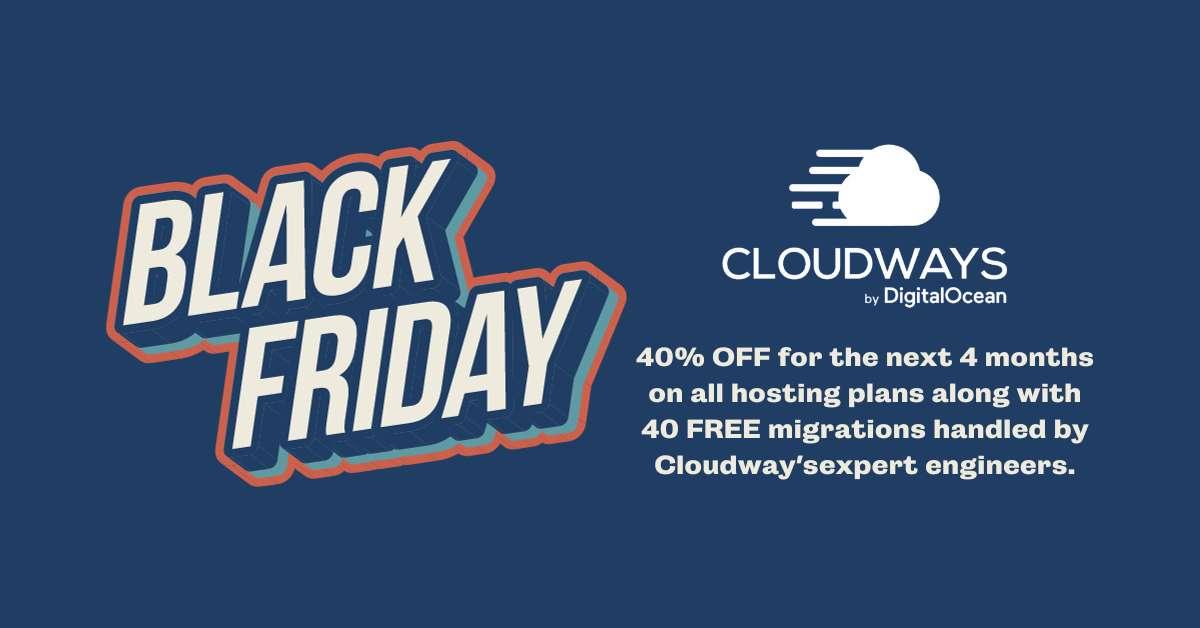As a hub for professional networking, LinkedIn is a powerful platform for career development and business growth. However, navigating the nuances of social interactions on LinkedIn can sometimes be as complex as the algorithms behind it. One common query that baffles many is how to tell if someone has blocked you on LinkedIn. While the platform values user privacy and does not directly notify you when you’ve been blocked, there are subtle indicators you can look for. This article is designed to guide tech professionals, marketers, and LinkedIn users through the process of identifying if they've been blocked, while also respecting the platform's privacy norms.
Signs That Someone May Have Blocked You on LinkedIn
Disappearance from Search Results
One of the first signs that you may have been blocked is the sudden disappearance of someone from your LinkedIn search results. If you previously interacted with or viewed a particular profile and it's no longer appearing in searches, this could be a hint. However, remember that changes in search visibility can also be due to the person changing their privacy settings or deactivating their account.
Inability to Access Their Profile Directly
If you have a direct URL to someone’s LinkedIn profile and it suddenly stops working, showing an error message or a page not found notice, it might indicate that you have been blocked. This is particularly telling if the link worked previously.
Missing Messages or Conversations
Another subtle indicator is the disappearance of past messages or conversations with the individual. LinkedIn typically removes these interactions if a user blocks you, so if you notice a conversation is suddenly missing, it could be a clue.
What LinkedIn’s Privacy Policy Says
LinkedIn’s policy prioritizes user privacy, meaning it will not inform you directly if someone blocks you. This approach helps maintain professional decorum and prevents potential confrontations in the digital workplace. It’s important to respect this policy and understand that being blocked may not be personal but a preference in someone’s networking strategy.
LinkedIn Etiquette and Blocking
While understanding if someone has blocked you is natural, it’s also crucial to maintain professional etiquette on LinkedIn. If you suspect you’ve been blocked, it’s often best to respect the other party's privacy and boundary. Pushing further for contact or trying alternate methods to connect may be viewed as unprofessional.
Alternate Reasons for Changed Visibility
Before concluding that you have been blocked, consider other reasons that could explain changes in profile visibility:
- Profile Deactivation: The person may have deactivated their LinkedIn account.
- Privacy Setting Changes: The user might have altered their privacy settings to limit who can view their profile.
- LinkedIn Algorithm Updates: Sometimes, changes in LinkedIn’s algorithms can affect search results and profile visibility.
How to Block Someone on LinkedIn
The Process of Blocking on LinkedIn Blocking someone on LinkedIn is straightforward but warrants careful consideration. To block a user:
- Navigate to their profile.
- Click the 'More' button below their profile picture.
- Select 'Report/Block' from the dropdown menu.
- Choose 'Block [Name]' and confirm.
Key Considerations
- Discretion: The user will not be notified, but blocking is absolute; you won't see each other's profiles or content.
- Networking Impact: Blocking someone might have indirect professional repercussions, especially in niche tech sectors.
- Cannot Reverse Actions in Bulk: If you're considering a block spree, remember that unblocking and rebuilding connections will be time-consuming.
Use Case Example: Blocking a Persistent Recruiter
Scenario: A web developer constantly receives unsolicited messages and job offers from a recruiter. Action: Blocking the recruiter eliminates these interactions, providing peace of mind and a more focused LinkedIn experience.
Can You See Who Blocked You on LinkedIn?
LinkedIn’s Privacy Stance LinkedIn does not provide a feature or notification to see who has blocked you. This privacy-centric approach helps maintain professional decorum and prevents potential conflicts.
Indirect Indicators
- Disappearance from Search Results: If someone who was previously visible in search is no longer there, it might indicate a block.
- Inaccessible Profiles: A sudden inability to view a known connection’s profile can be a hint.
Pitfall to Avoid: Jumping to Conclusions
Remember, there could be other reasons for these changes, such as account deactivation or privacy setting adjustments.
How to Unblock Someone on LinkedIn
Steps to Unblock
- Click the 'Me' icon at the top of your LinkedIn homepage.
- Select 'Settings & Privacy'.
- Under the 'Privacy' tab, find 'Blocking and hiding'.
- Click 'Change' next to 'Blocking'.
- Find the person you want to unblock and select 'Unblock'.
Things to Remember
- Reciprocal Effects: Once unblocked, the other person will be able to view your profile, and vice versa.
- Connection Status: Unblocking does not restore a previous connection; you will need to send a new connection request.
Scenario: Rebuilding a Professional Relationship
Example: A tech marketer had a disagreement with a colleague and blocked them. After resolving the issue offline, unblocking on LinkedIn allows for re-establishing a professional online connection.
Conclusion: Navigating LinkedIn with Professionalism
Understanding the subtleties of LinkedIn’s social dynamics is key to maintaining a professional presence on the platform. While it’s not straightforward to determine if someone has blocked you, the indicators mentioned can offer some insight. However, the focus should always be on building and nurturing positive professional relationships. LinkedIn is a tool for growth and connection, and its most fruitful use is in fostering a respectful and engaging professional network.
Have you ever encountered a situation where you thought you were blocked on LinkedIn? How did you handle it? Share your experiences and insights in the comments below. Learning from each other’s experiences enriches our understanding of digital professionalism and networking ethics.




